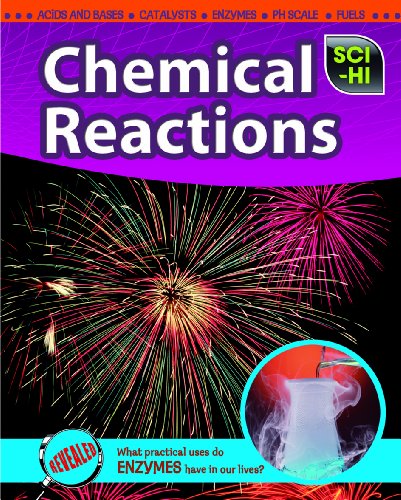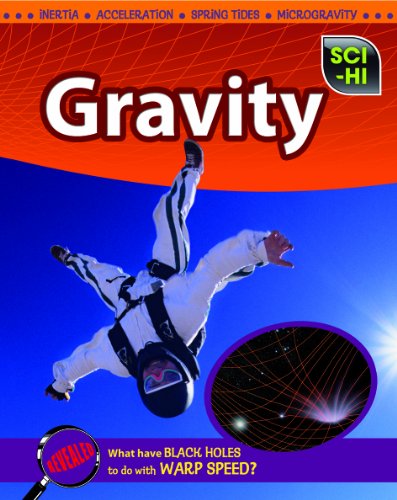-
Solids
Charlotte Deschermeier
Library Binding (PowerKids Press, Jan. 1, 2014)Why do anchors sink but corks float? Is it magic? No! Its physical science! By combining clear overviews with enlightening photography and diagrams, this volume will ensure that students understand the basic properties and variability of solid matter. P
P
-
The Reactions of Metals
Roberta Baxter
Library Binding (Raintree, Jan. 22, 2009)What happens when sodium reacts with water? What causes metal to rust? Why is the Statue of Liberty green? The visually stimulating 'Sci-Hi' books take learning science core curriculum to a whole new exciting level. Each title explores an area of life, physical, or earth science in a way that is both engaging and comprehensive. T
T
-
Gases
Charlotte Deschermeier
Library Binding (PowerKids Press, Jan. 1, 2014)Though one of the three most common states of matter on Earth, gases, as they are most often invisible, can be tough for young students to conceptualize. This book offers clarity in the form of straightforward diagrams and easy-to-understand text. Readers will comprehend such physical science concepts as evaporation, condensation, compressibility, fluidity, and volume with ease. R
R
-
The Properties of Metals
Marylou Morano Kjelle
Paperback (Rosen Classroom, Jan. 1, 2007)Describes the physical properties of metals and how people use these properties when creating different objects, such as jewelry, thermometers, and wires. V
V
-
Looking at Atoms and Molecules
Suzanne Slade
Paperback (Rosen Classroom, Jan. 1, 2007)Describes the microscopes used throughout the years to look at small objects, including atoms, culminating in the confocal microscope, which can produce a three-dimensional picture. T
T
-
The Properties of Elements and Compounds
Lisa Hill
Library Binding (Raintree, Jan. 22, 2009)What gives an atom a negative charge? How many types of elements occur naturally on Earth? What is plasma? The visually stimulating 'Sci-Hi' books take learning science core curriculum to a whole new exciting level. Each title explores an area of life, physical, or earth science in a way that is both engaging and comprehensive. T
T
-
Chemical Reactions
Eve Hartman, Wendy Meshbesher
Library Binding (Raintree, Jan. 22, 2009)How does dough turn into bread? What kinds of reactions give off heat? What’s the harm in burning fossil fuels? The visually stimulating 'Sci-Hi' books take learning science core curriculum to a whole new exciting level. Each title explores an area of life, physical, or earth science in a way that is both engaging and comprehensive. Y
Y
-
The Properties of Solids
Marylou Morano Kjelle
Paperback (Rosen Classroom, Jan. 1, 2007)Describes the physical properties of solids and explains how matter can change to and from a solid into a liquid or gas. V
V
-
Gravity
Lisa Hill
Library Binding (Raintree, Jan. 22, 2009)How does gravity hold the universe together? How do satellites orbit the Earth? What would happen if gravity was turned off? The visually stimulating 'Sci-Hi' books take learning science core curriculum to a whole new exciting level. Each title explores an area of life, physical, or earth science in a way that is both engaging and comprehensive. X
X
-
Mixtures and Compounds
Marylou Morano Kjelle
Paperback (Rosen Classroom, Aug. 1, 2007)Examines what happens when mixtures are combined. M
M
-
Looking at Atoms and Molecules
Suzanne Slade
Library Binding (PowerKids Press, July 1, 2006)Trace the remarkable evolution of scientific instruments from the compound microscopes of the 16th century to the miniscule microscopes being developed today. T
T
